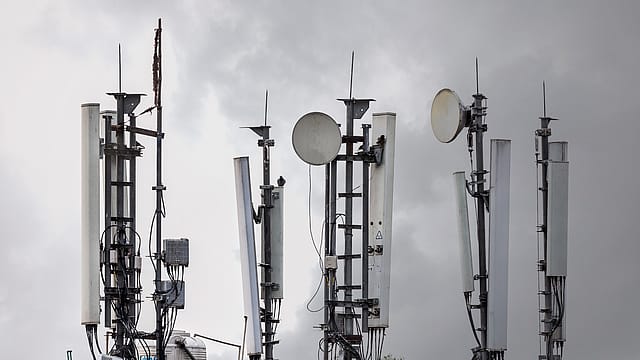Tariff rejig to drive postpaid share to 12% in FY24
ADVERTISEMENT

The share of postpaid subscribers in overall wireless mobile subscribers is expected to rise around 400 basis points (bps) to 12% this fiscal, aided by the recent recalibration of postpaid tariffs by telecom companies, according to CRISIL.
Unlimited 5G data and access to a wider range of over-the-top (OTT) content offered by select plans under the new tariffs, along with narrowing the gap between postpaid and prepaid monthly average revenue per user (ARPU), would be the key enablers for postpaid subscription, the ratings agency says in a report.
The telecom sector's postpaid ARPU is estimated to have declined to around ₹245 in FY23 from around ₹275 in fiscal FY21, according to CRISIL. Meanwhile, prepaid ARPUs moved up to ₹170 from around ₹130, thereby reducing the gap between postpaid and prepaid ARPUs by almost 50%, over fiscals 2021-2023. This has led to an increase in the share of postpaid subscribers by 300 basis points to around 8% in the last two fiscals, after staying flattish over FY17-21, the ratings agency says.
The recent launch of competitive family postpaid plans, along with additional OTT access benefits, will lead to further narrowing of the gap.
CRISIL expects the differential between postpaid and prepaid ARPUs to narrow to 1.1-1.2 times this fiscal, compared with 1.4-1.5 times now. That, along with good benefits being offered under renewed postpaid plans, will drive up the share of postpaid subscription to around 12% from around 8% currently, says Naveen Vaidyanathan, director, CRISIL Ratings.
January 2026
Netflix, which has been in India for a decade, has successfully struck a balance between high-class premium content and pricing that attracts a range of customers. Find out how the U.S. streaming giant evolved in India, plus an exclusive interview with CEO Ted Sarandos. Also read about the Best Investments for 2026, and how rising growth and easing inflation will come in handy for finance minister Nirmala Sitharaman as she prepares Budget 2026.
However, India will continue to lag developed countries such as the U.S., where postpaid accounts for over 75% of the total mobile subscribers, Vaidyanathan adds.
Having a higher share of postpaid subscribers benefit telcos in many ways. Postpaid services are considered premium as these contribute higher ARPUs than prepaid subscribers. Moreover, as these are usually availed of by subscribers with higher incomes, they are less sensitive to revision in pricing, and are unlikely to move to competition.
Metros alone account for around 30% of the total postpaid subscription in India, despite having only around 10% of overall subscribers, according to CRISIL.
"The benefits of increase in postpaid subscription may, however, partially get offset by moderation in postpaid ARPUs in the near term because of competitive offerings now compared with earlier," says Rounak Agarwal, team leader, CRISIL Ratings. Agarwal expects postpaid ARPUs to come down moderately by around 6-8% to ₹225-230 in FY24.
However, the gains would accrue in the medium to long term as postpaid subscribers are stickier in nature, Agarwal says.
India's largest telecom operator Reliance Jio's ARPU for the December quarter stood at ₹178.20 while rival Bharti Airtel’s ARPU came in at ₹193 on the back of the telecom operator’s continued focus on premiumisation.
